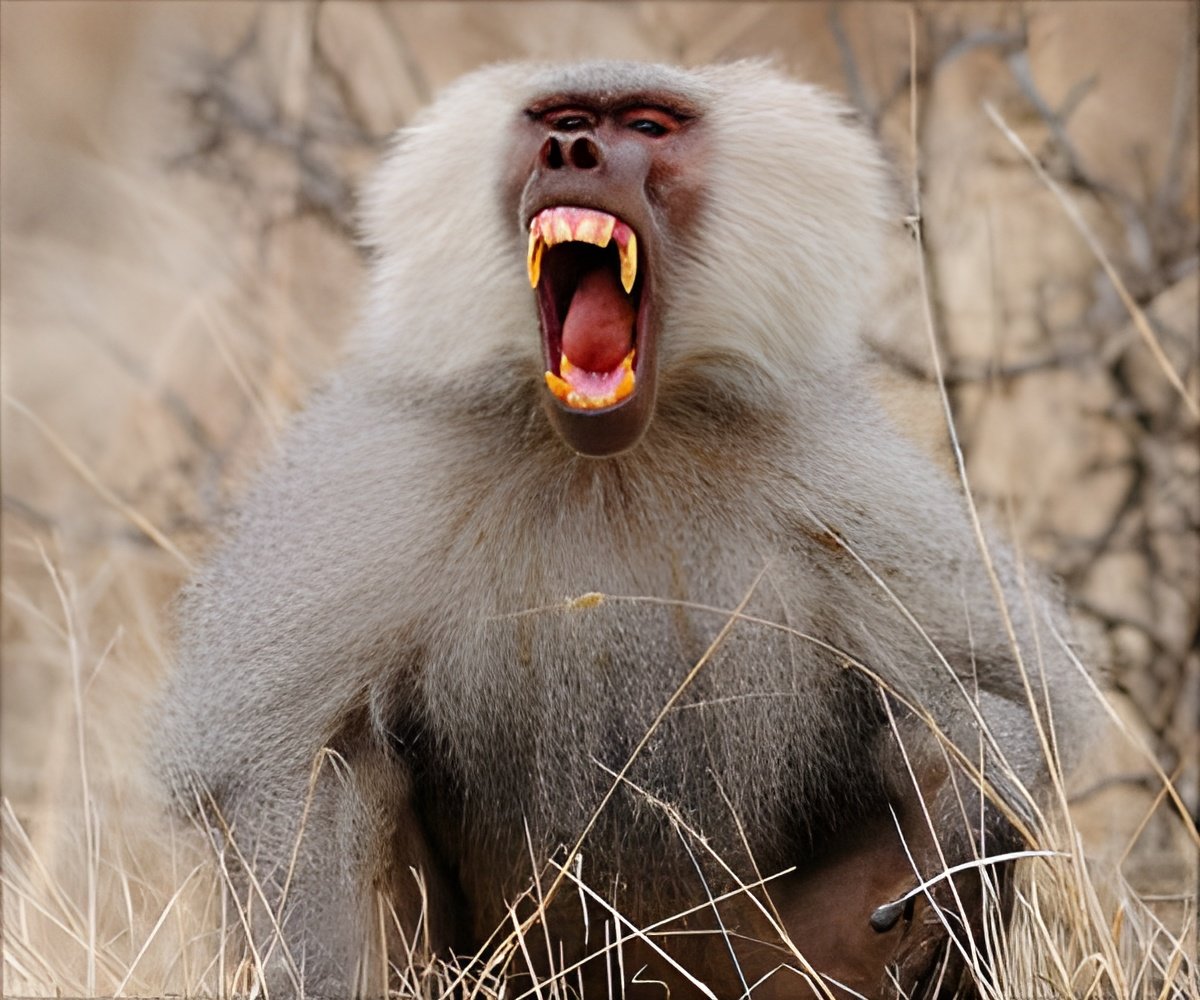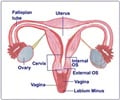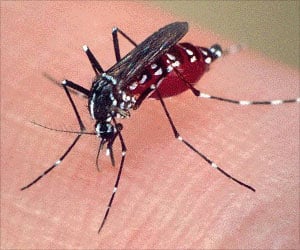
"It is almost as if the males are counting," said researcher Courtney Fitzpatrick from Duke University.
"Our study suggests that, at least in part, males follow a rule along the lines of ’later is better’ rather than ’bigger is better,’" Fitzpatrick noted.
Like humans, female baboons do not start ovulating again right away after having a baby. Things usually return to normal, when their infant starts weaning, but until that time they are less likely to get pregnant.
Baby readiness means more to males than an ample derriere. Rather than size, it seems that males use the number of postpartum cycles as a cue to gauge their likelihood of making a baby, the study noted.
Baboons breed throughout the year, and mating occurs during times when a female’s behind is swollen -- a sign that she may be ovulating.
Advertisement
Measurements from 34 females revealed that some females swell more than others.
Advertisement
The study appeared online in the journal Animal Behavior.
Source-IANS















